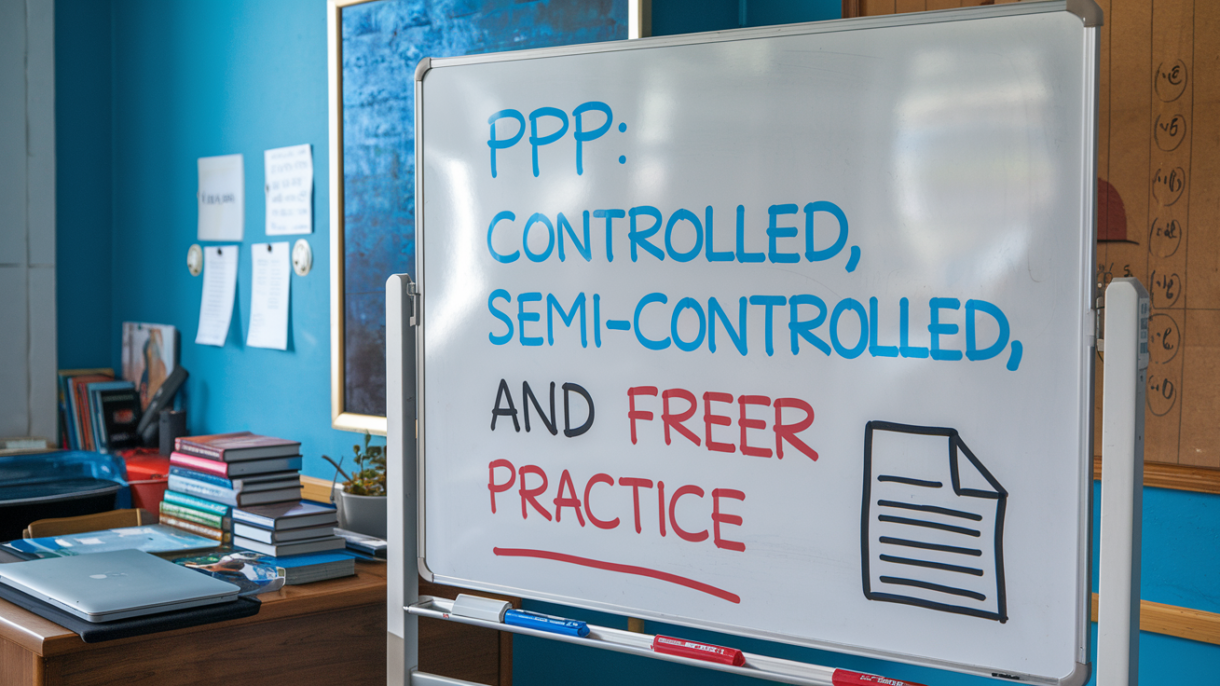
Table of Contents
Introduction
As a CELTA tutor, my trainees tend to struggle with effectively understanding and applying the different stages of language practice. That’s why I decided to write this article to help clarify these essential concepts.
One of the most critical aspects of teaching English as a second language is ensuring that learners have ample opportunities to practice the language in a structured way. This is where the concept of Controlled, Semi-Controlled, and Freer Practice comes into play, especially in CELTA training. Each stage serves a unique purpose in guiding learners from accuracy-focused tasks to more communicative, fluency-driven activities. Understanding how to implement these stages effectively can make a significant difference in your teaching practice and your students’ language development.
Each stage has a specific aim that paves the way to the next one.
Controlled Practice: Laying the Foundation
Controlled practice is the first stage, where learners engage in structured exercises designed to focus on accuracy. As a CELTA trainee, you’ll quickly learn that this stage is crucial for reinforcing the correct use of language forms and structures. Controlled practice activities typically have a limited range of correct answers, allowing students to concentrate on producing accurate language.
Key Characteristics
Teacher Guidance: At this stage, clear instructions and modeling from the teacher are essential.
Focus on Accuracy: The primary goal is to ensure that learners produce correct language forms.
Limited Range of Correct Answers: Typically, there is only one correct answer or a limited set of correct options.
Repetition and Reinforcement: Through repetitive tasks, students can internalize the target language.
Examples: Common controlled practice activities include gap-fill exercises, multiple-choice questions, sentence completion tasks, and substitution drills.
Semi-Controlled Practice: Bridging Accuracy and Fluency
Moving beyond controlled practice, semi-controlled practice offers learners more freedom while still maintaining some structure. In CELTA, this stage is where trainees often find a balance between accuracy and fluency, helping learners to personalize the language while adhering to certain guidelines.
Key Characteristics
- Focus on Accuracy and Fluency: While accuracy remains important, there is also a growing emphasis on communication.
- Limited Range of Correct Answers: There may be more than one correct answer, but the range is still somewhat restricted.
- Personalization and Creativity: Learners have the opportunity to use the language in ways that are meaningful to them.
- Controlled Elements: Certain aspects of the activity are still guided by the teacher to ensure focus on the target language.
Examples: Activities such as information gap exercises, role-plays, guided discussions, and guided writing tasks are typical examples of semi-controlled practice.

Freer Practice: Encouraging Authentic Communication
Key Characteristics
- Focus on Fluency: Learners are encouraged to prioritize communication over grammatical accuracy.
- Open-Ended and Authentic: There are no predetermined correct answers, fostering creativity and authentic language use.
- Authentic Communication: Learners engage in meaningful communication, expressing their own ideas using the target language.
- Minimal Teacher Intervention: The teacher’s role is primarily to facilitate and provide feedback after the activity.
Examples: Freer practice activities include debates, discussions, presentations, simulations, and free writing tasks.
Feedback and Guiding Progress Through the Stages
Effective assessment and feedback are crucial components of each practice stage, helping to guide student progress and inform your teaching. In controlled practice, immediate correction is often appropriate to reinforce accuracy. Use techniques like finger correction or gesture cues to address errors without interrupting the flow.
For semi-controlled practice, consider delayed error correction, noting common mistakes to address after the activity. This allows for a balance between accuracy and fluency. In freer practice, prioritize content over form, offering feedback on communicative effectiveness rather than grammatical perfection.
Throughout all stages, use a mix of teacher, peer, and self-assessment. For instance, in controlled practice, students can check answers in pairs before a whole-class review. In freer practice, encourage peer feedback on task achievement. Remember, your feedback should always be constructive and encouraging, focusing on progress made and areas for improvement.
Why Mastering These Stages is Essential for CELTA Trainees
Understanding and effectively implementing controlled, semi-controlled, and freer practice is crucial for any CELTA trainee. These stages form the backbone of effective language teaching, guiding learners from structured language use to fluent, authentic communication. As you progress through your CELTA training, mastering these practices will not only help your students but also enhance your teaching skills, preparing you for a successful career in English language teaching.
By incorporating a mix of these practices in your lessons, you’ll be able to cater to different learner needs, ensuring a well-rounded and effective learning experience. Whether you’re conducting a controlled practice exercise or facilitating a freer practice discussion, each stage plays a vital role in your students’ language journey.
Common Pitfalls and How to Avoid Them
As a CELTA trainee, it’s important to be aware of common mistakes when implementing these practice stages. One frequent pitfall is rushing through controlled practice, which does not allow sufficient time for students to internalize the target language. To avoid this, ensure you allocate adequate time for repetition and reinforcement. Another common error is providing too much teacher input during freer practice, which can hinder students’ autonomy and fluency development. Instead, step back and allow students to navigate the task independently, offering support only when necessary.
Trainees often struggle with creating a smooth transition between stages, leading to disjointed lessons. To address this, plan clear transitions and link activities logically. Lastly, some trainees may overemphasize accuracy in later stages, discouraging students from taking risks with the language. Remember to adjust your error correction approach as you move through the stages, prioritizing fluency in freer practice activities.
Mastering controlled, semi-controlled, and freer practice stages is essential for CELTA trainees and English language teachers. By effectively implementing these techniques, you create a structured learning environment that guides students from accuracy to fluency. Continue refining your approach, stay adaptable, and watch your students thrive under your guidance.
Looking to excel in your CELTA training and become a confident, effective teacher? Enroll in the “CELTA Preparation Course” today. This comprehensive online course, designed by seasoned CELTA trainer Ahmad Zaytoun, provides you with the essential skills and strategies needed to succeed in your CELTA program.



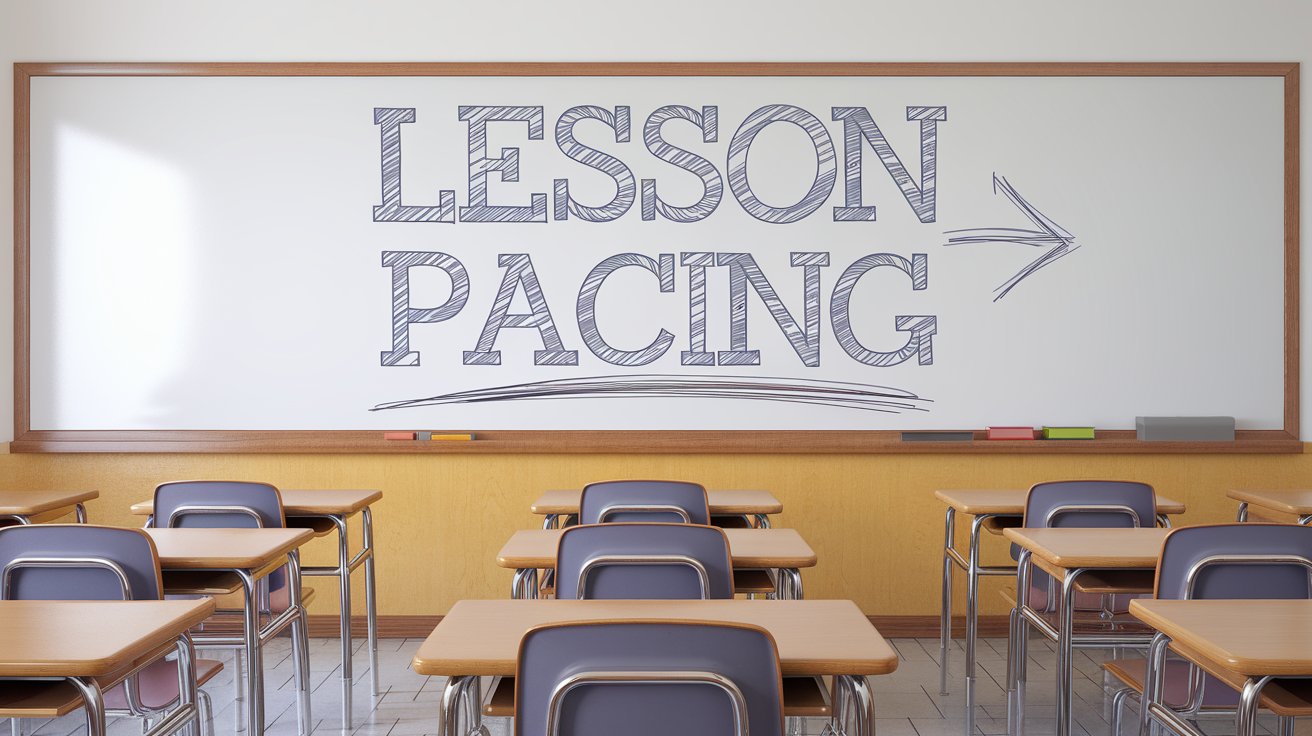
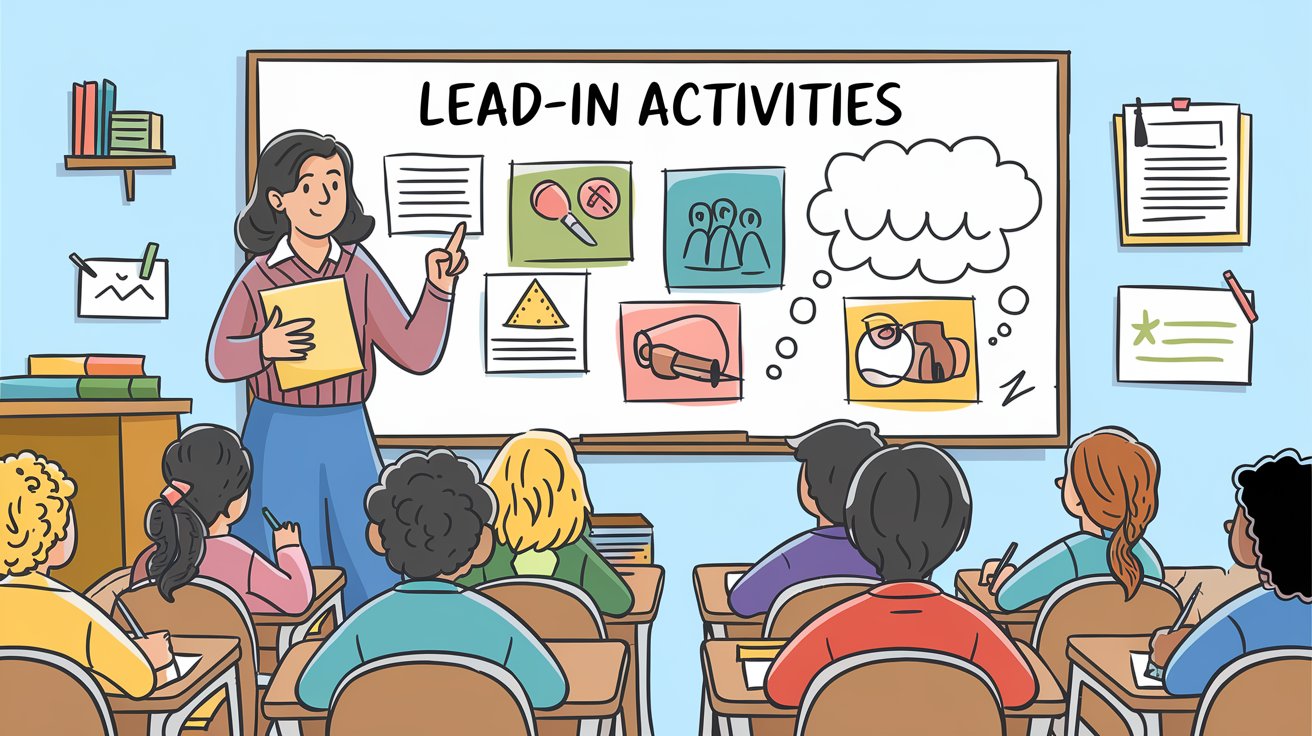
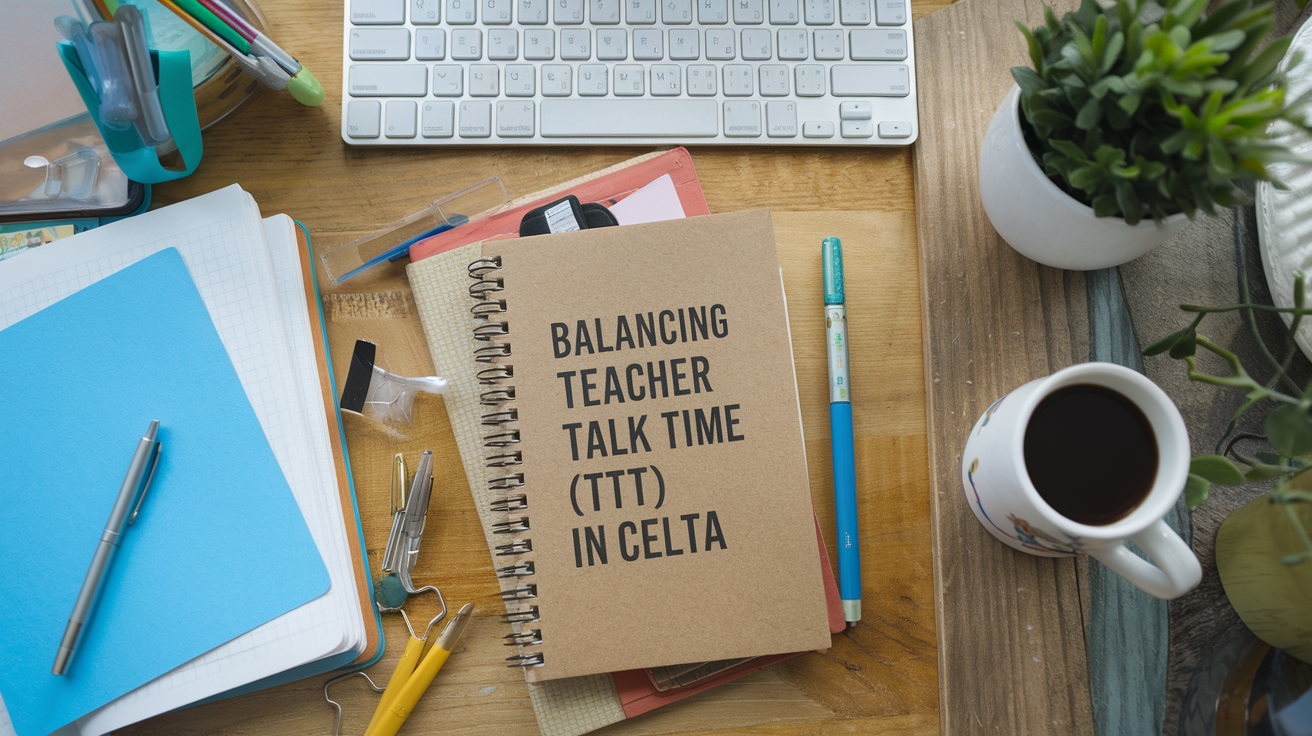

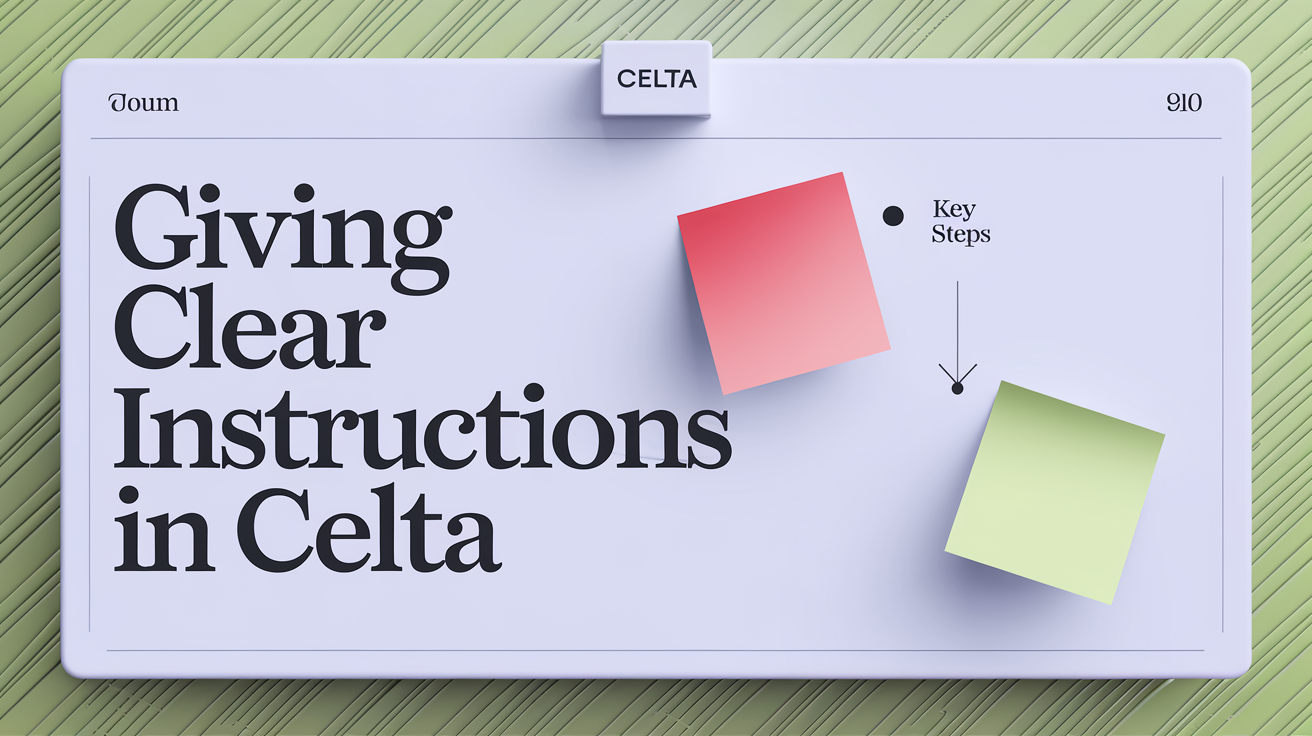
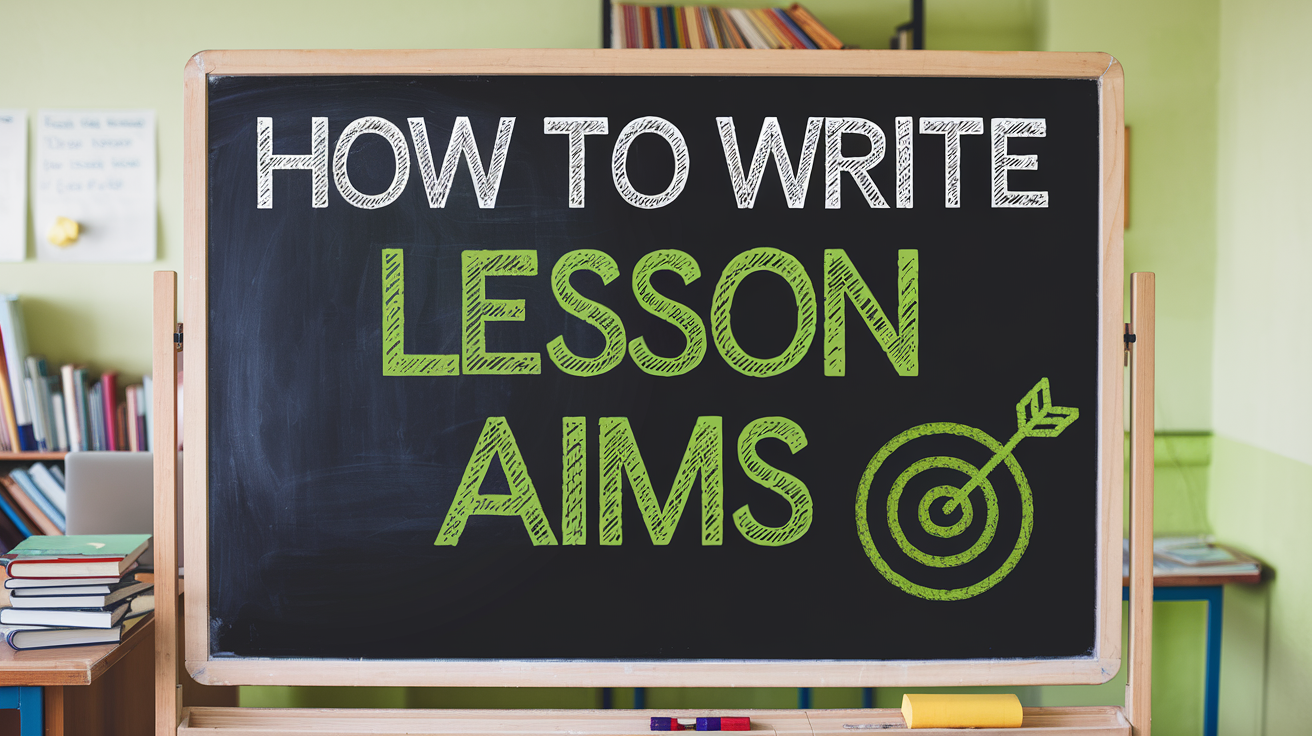
0 Comments